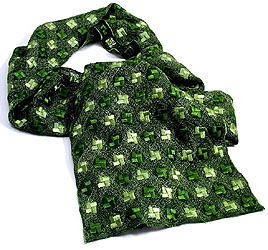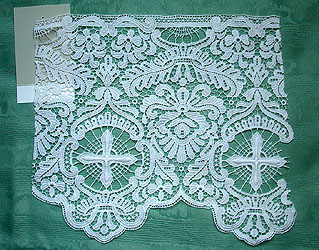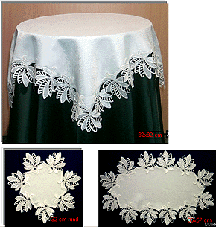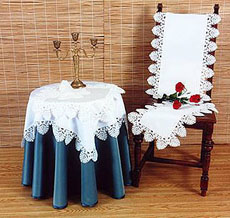|
HOME ABOUT PLAUEN LACE ABOUT SCHWIBBÖGEN WHAT'S NEW PLAUEN LINENS & LACE Christmas Easter & Spring Plauen Lace Plauen Lace (Cotton) Long Lace Runners Floral All Year Wildlife Table Ribbons Liturgical Lace Judaica WEDDING HANKIES PLAUEN LACE SCARVES SCHWIBBÖGEN Double Arches Tree Arches Mini Arches LED Arches Dioramas ERZGEBIRGE FOLK ART Hand-Carved Pyramids Handcrafted Santa Figures Handcrafted Nativities Handcrafted Angel Figures Handcrafted Snowman Figures Handcrafted Animal Figures Christmas Pyramids Handcrafted Trees Smokers Nutcrackers Wood Ornaments Easter Figures Cool Man Figures Halloween Figures Hand-Carved Figures Handcrafted Miniatures Handcrafted Silhouettes MANTEL SCARVES Christmas Plauen Lace WINDOW LACE Window Picture Lace Plauen Lace Cafe Curtains © 2025 Sachsen Imports |
|
|||||||
1780 The
embroidery trade begins to grow in the Vogtland region of Germany,
centered
1900 Plauen
Lace designs and its new technology are awarded the Grand Prix at the 1913-1945 After
a long growth period, the production of Plauen Lace begins to decline, 1950 The
lace and embroidery industry, at first in private hands, begins again in
the 1982 Over
1,400 embroidery and lace machines produce the state-owned Plauen Lace, 1990 After
the fall of the Berlin Wall in 1989 and the reunification of Germany in
1990, 1996 to present Because
of the rising cost of raw materials and increased
The trademark Plauener Spitze® is your guarantee of the highest quality German table linen. |



